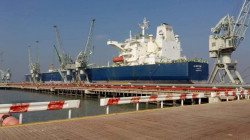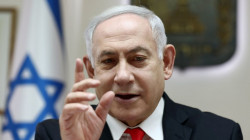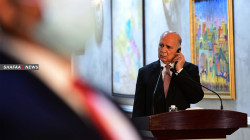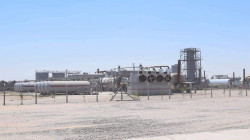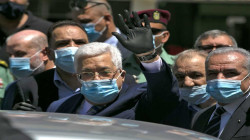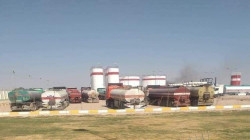Understanding Abu Baqr al-Saeedi's role in the complex militant landscape, Report
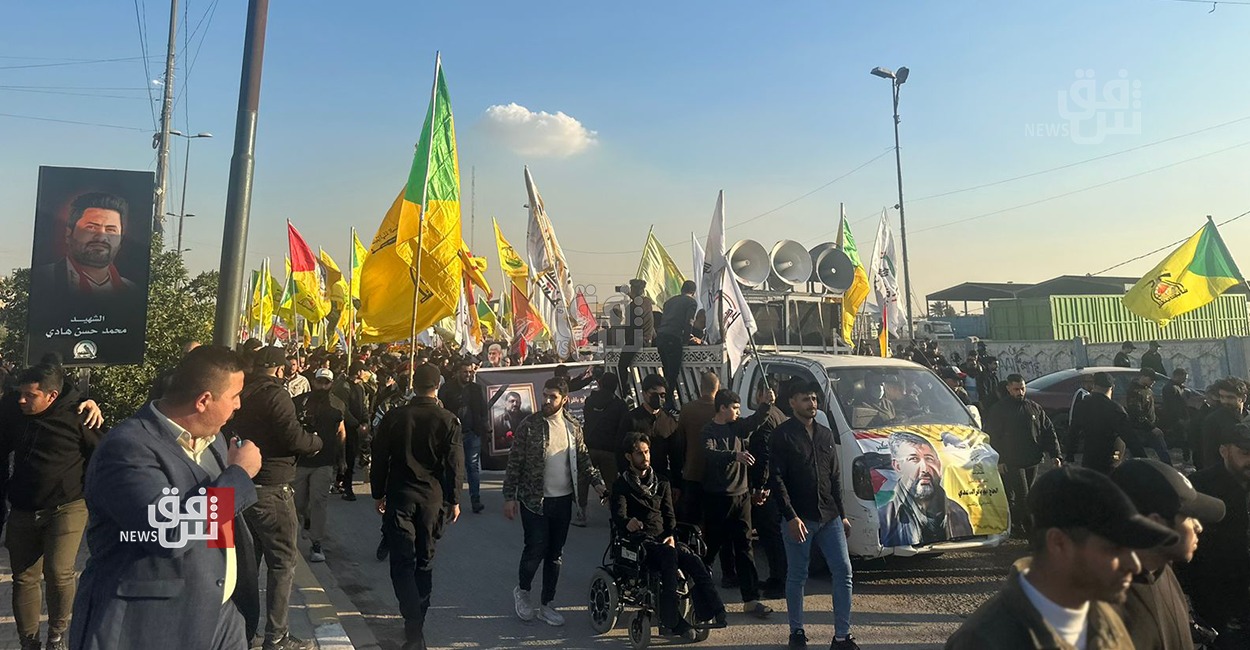
Shafaq News/ The Kataib Hezbollah leader killed on February 7 in Baghdad was (until now) a living nexus of Kataib Hezbollah, the Popular Mobilization Forces, and the facade group Alwiyat al-Waad al-Haq.
Open imageiconAbu Baqr al-Saeedi's identification is extracted from the surroundings of the car, curiosuly un-burned.
On February 7, 2024, the U.S. military confirmed that it had struck a vehicle in Baghdad, killing its occupants. U.S.-designated terrorist group Kataib Hezbollah confirmed that one of its senior leaders, Abu Baqr al-Saeedi (real name Wissam Muhammad Saber), was killed in Baghdad. This short piece will look at what Militia Spotlight has gathered about this KH terrorist and his career.
Early Background as a Trusted Killer
Abu Baqr al-Saeedi was a trusted bodyguard of the KH and PMF founder, U.S.-designated terrorist Abu Mahdi al-Muhandis. He was one of the few persons allowed inside the room when Muhandis held meetings with Islamic Revolutionary Guard Corps–Qods Force (IRGC-QF) officials and was even allowed to carry weapons around senior leaders like IRGC-QF commander Qasem Soleimani.
Abu Baqr al-Saeedi belonged to the Abu Hussein al-Hamidawi wing of KH, referring to the secretary-general (real name Ahmad Mohsen Faraj al-Hamidawi) who leads KH’s special operations wing. He is close to another U.S.-sanctioned terrorist and human rights abuser, Abu Zainab al-Lami (real name Hussein Falah Aziz al-Lami), who is also part of the Abu Hussein wing of KH.
When the Tishreen protests broke out in 2019, Abu Baqr al-Saeedi was a senior officer in Abu Zainab al-Lami’s Popular Mobilization Forces (PMF) Central Security Directorate (Amn al-Hashd), and therefore an employee of the Iraqi government and part of the state’s security forces. As the PMF Central Security Directorate commander in Rusafa (east Baghdad), he was responsible for the main protest area at Tahrir Square. He suppressed peaceful protests, facilitated the murder of protesters, and also facilitated their abduction and torture. (Abu Zainab al-Lami was sanctioned by the United States for “serious human rights abuses” related to “the assassinations and suppression of protesters.”)
Kinetic Operations Against Foreign Nations
Abu Baqr al-Saeedi next reappeared in 2022, when he commanded the February 2, 2022, drone strike on the United Arab Emirates, which was claimed using the KH-controlled facade group brand Alwiyat al-Waad al-Haq. He controlled a cell formed in east Baghdad that brought Iran-provided drones to southern Iraq, then launched them toward UAE civilian targets using coordinates provided by IRGC-QF via Kataib Hezbollah facilities in Jurf al-Sakhar.
In the aftermath of his killing, Abu Baqr al-Saeedi has been described as the “director of operations,” the “head of strike operations,” and the “head of external operations” for KH. The United States indicated that he was “directly responsible” for executing the drone attack on January 28, 2024, that killed three U.S. personnel.
Also in the vehicle appears to have been Abu Abdallah al-Hussein (real name Arkan al-Elliyawi), who played a senior intelligence function in Kataib Hezbollah. One or more drivers or bodyguards were also killed in the strike, which caused no civilian casualties.
What Next?
Abu Hussein’s initial reaction via KH’s Telegram channel Kaf seems to be cautioning restraint, only commemorating and congratulating the martyrs. Under the circumstances, this show of restraint is extraordinary. Nujaba’s reaction was, predictably, more aggressive, promising revenge, which could be a genuine show of solidarity, or a subtle effort to outperform KH.
If Kataib Hezbollah does not react to this painful strike—after having not reacted to the large-scale strikes on KH and KH-adjacent units on February 3, 2024—then this will be a sign that Iran-ordered de-escalation is still Tehran’s strong preference and that KH remains disciplined and highly responsive to IRGC-QF direction. Alternatively, we may see an initial reflexive response, probably in Syria and causing no U.S. casualties, to satisfy the need for a visible response. Nujaba could retaliate on KH’s behalf, again probably in Syria. KH and Iran may see the best revenge as being the eviction of U.S. forces from Iraq and may push on the parliamentary track instead.
(The Washington Institute)
Disclaimer: The views expressed in this report do not necessarily reflect the official standpoint of Shafaq News Agency.
